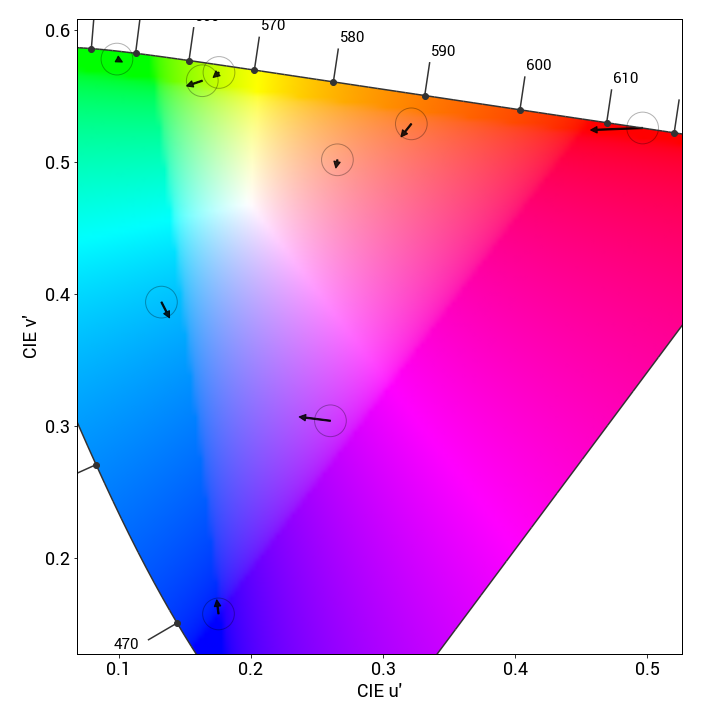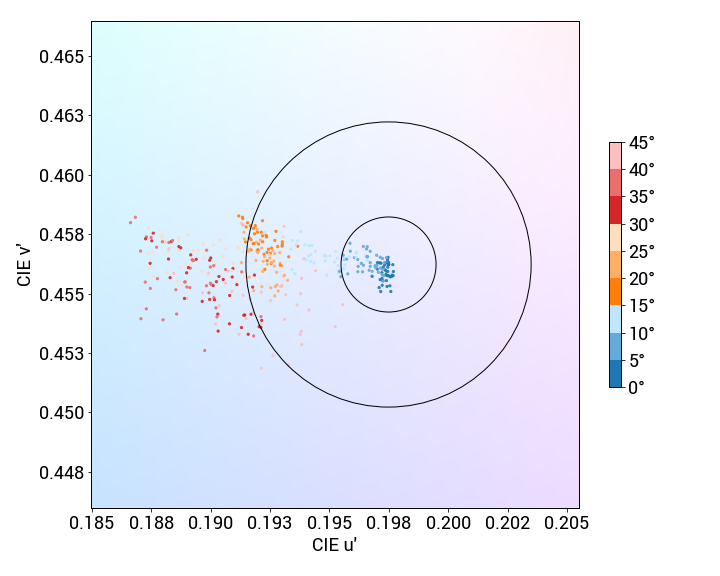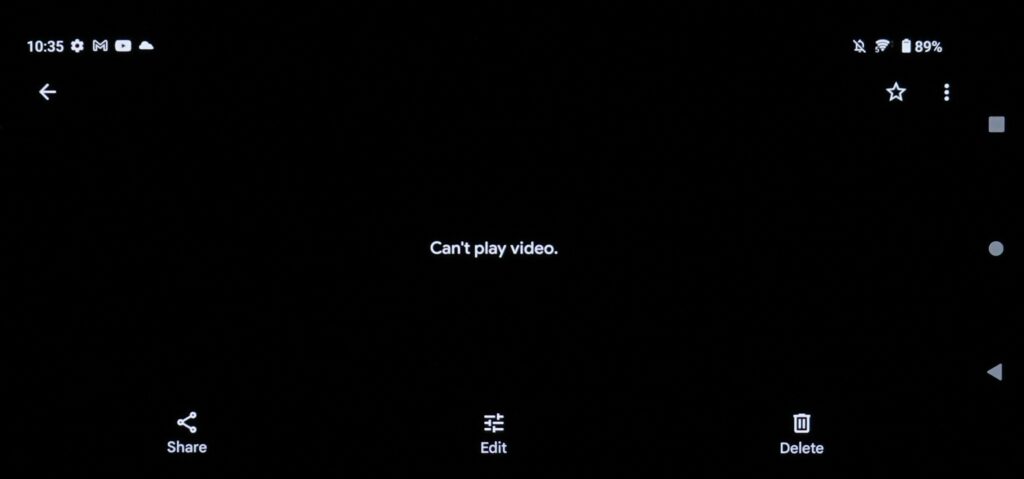We put the Sony Xperia 10 IV through our rigorous DXOMARK Display test suite to measure its performance across six criteria. In this test results summary, we will break down how it fared in a variety of tests and several common use cases.
Overview
Key display specifications:
- 6.0 inches OLED, 109.8 cm2 (~81.6% screen-to-body ratio)
- Dimensions: 153.0 x 67.0 x 8.3 mm (6.02 x 2.64 x 0.33 inches)
- Resolution: 1080 x 2520 pixels, (~457 ppi density)
- Aspect ratio: 21:9
- Refresh rate: 60 Hz
Scoring
Sub-scores and attributes included in the calculations of the global score.
 Sony Xperia 10 IV
Sony Xperia 10 IV


 101st
101st
 23rd
23rd
Pros
- Brightness is well suited for low light environment
- Faithful colors when used indoors despite a slight blue cast
- Frame drops are well managed when playing video games
Cons
- Unable to read UHD and HDR10 videos
- Brightness is too low outdoors
- Lack of smoothness when browsing, gaming or in the gallery app
The Sony Xperia 10 IV’s display performance puts it near the bottom of our database, pulled down by its limited video performance. The main drawback was that the phone, which falls into DXOMARK’s High-end segment, was unable read HDR10 video and lacked UHD support. On the positive side, video playback was smooth, with no frame drops.
The Sony Xperia 10 IV screen was suitable for night-time reading, and it displayed pleasant colors when used indoors. But when used outdoors in the default settings, brightness was not sufficient for any use case. Touch fluidity on the screen was limited when browsing the web, gaming or just navigating the gallery app.
Test summary
About DXOMARK Display tests: For scoring and analysis in our smartphone and other display reviews, DXOMARK engineers perform a variety of objective and perceptual tests under controlled lab and real-life conditions. Note that we evaluate display attributes using only the device’s built-in display hardware and its still image (gallery) and video apps at their default settings. (For in-depth information about how we evaluate smartphone and other displays, check out our articles, “How DXOMARK tests display quality” and “A closer look at DXOMARK Display testing.”
The following section gathers key elements of our exhaustive tests and analyses performed in DXOMARK laboratories. Detailed performance evaluations under the form of reports are available upon request. Do not hesitate to contact us.
Readability
Sony Xperia 10 IV
160
Readability evaluates how easily and comfortably users can read still content (photos & web) on the display under different real-life conditions. DXOMARK uses its Display Bench to recreate ambient light conditions ranging from total darkness to bright sunlight. In addition to laboratory tests, perceptual analysis is also made in real-life environments.



Color
Sony Xperia 10 IV
163
The color attribute evaluates the capacity of the device to accurately reproduce colors. The measurements taken are for fidelity, white point color, and gamut coverage. We perform color evaluations for different lighting conditions to see how well the device can manage color in the surrounding environment. Colors are measured using a spectrophotometer in a controlled lighting environment. Perceptual analysis of color rendering is against the reference pattern displayed on a calibrated professional monitor.




Video
Sony Xperia 10 IV
162
Our video attribute evaluates the Standard Dynamic Range (SDR) and High Dynamic Range (HDR10) video handling of each device in indoor and low-light conditions. We measure tone mapping, color gamut, brightness and contrast of the display. We perform perceptual analysis against our professional reference monitor (Sony BVM-HX310) to ensure that the rendering respects the artistic intent.

Clockwise from top left: Sony Xperia 10 IV, Oppo Find X5 Lite, Xiaomi 11T


Motion
Sony Xperia 10 IV
155
The motion attribute evaluates the handling of dynamic contents. Frame drops, motion blur, and playback artifacts are scrutinized using games and videos.


Touch
Sony Xperia 10 IV
165
To evaluate touch, DXOMARK uses a touch robot and a high-speed camera to play and record a set of scenarios for smoothness, accuracy and response-time evaluation.
Sony Xperia 10 IV 149Artifacts
Evaluating artifacts means checking for the performance, image rendering and motion flaws that can affect the end-user experience. DXOMARK measures precisely the device’s reflectance and the presence of flicker, and assesses the impact of residual aliasing when playing video games, among other characteristics.

 English
English 中文
中文

DXOMARK invites our readership (you) to post comments on the articles on this website. Read more about our Comment Policy.